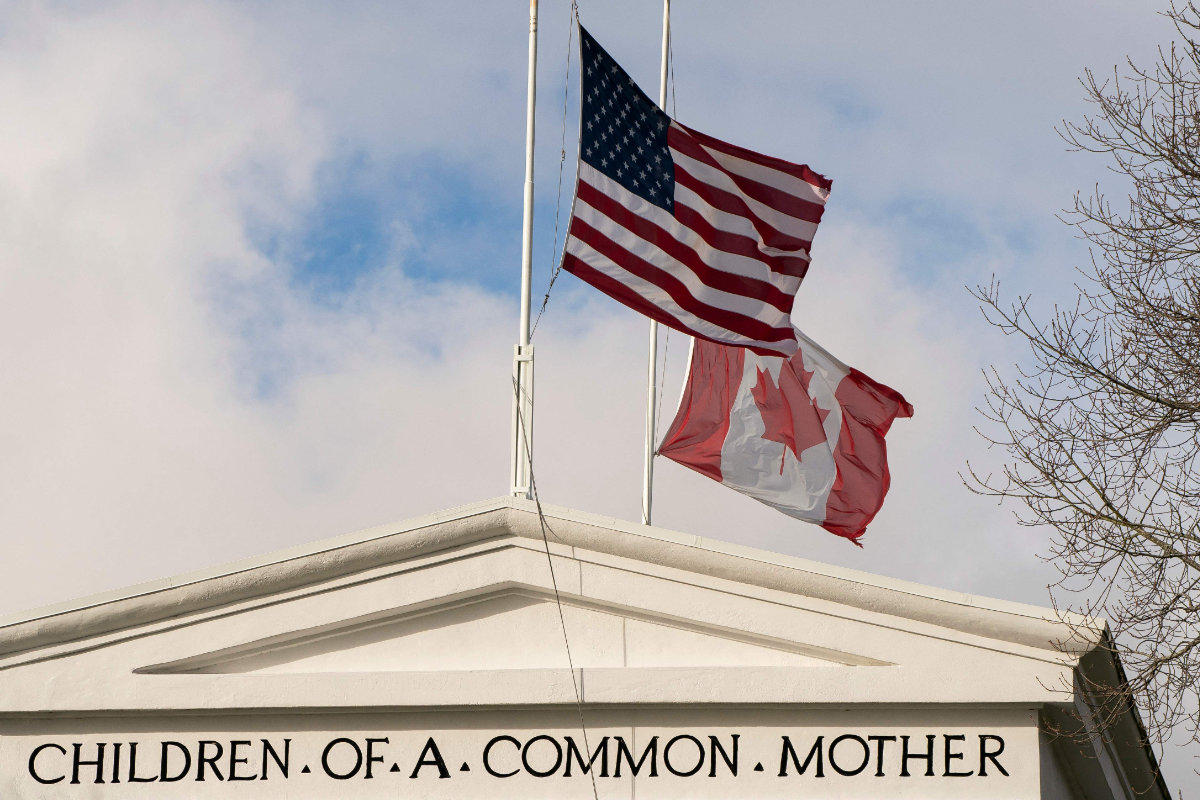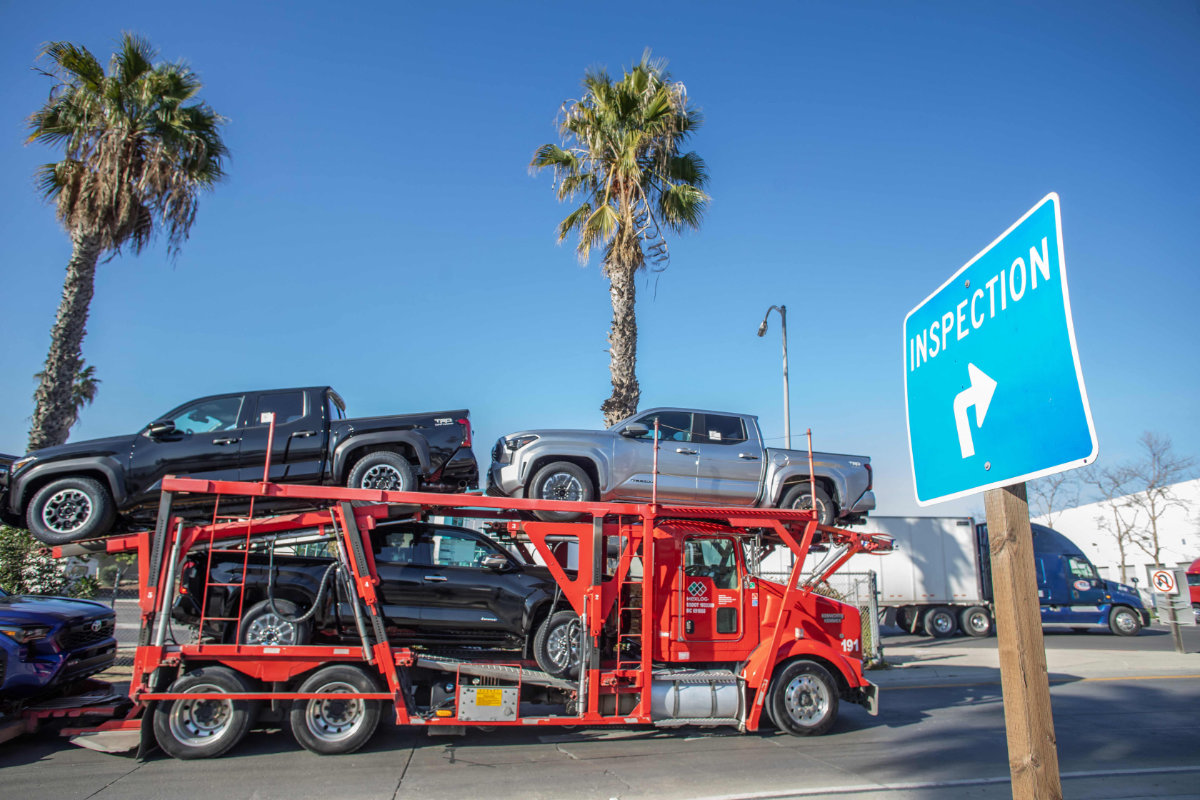LVIV: Russia struck the city of Lviv in western Ukraine on Wednesday, killing seven people, including children, and damaging historical buildings in a rare attack hundreds of kilometers from the frontline.
The strike came as several Ukrainian ministers, including top diplomat Dmytro Kuleba, offered their resignations, part of a reshuffle President Volodymyr Zelensky said would bring “new energy” to the government.
Russia has stepped up its aerial attacks on Ukraine since Kyiv launched an unprecedented cross-border offensive into Russia’s Kursk region last month.
Among the dead in Lviv were four people from one family, a woman and her three daughters, leaving their father as the only immediate survivor.
The city’s mayor said the missile attack also wounded 64 people and damaged schools and medical facilities as well as buildings in Lviv’s historic center.
“We will not forgive the enemy and will take revenge. They will feel what hell is like while they are still alive,” Mayor Andriy Sadovyi said on Telegram.
The western city, whose old town is a UNESCO world heritage site, is close to the border with Poland and is sheltering thousands displaced by over two years of war.
It had largely been spared the intense strikes that have rocked cities further east.
The strike came a day after a Russian missile attack killed 53 people in the central city of Poltava, one of the deadliest single strikes of the invasion.
Both attacks triggered renewed calls from Kyiv for more Western air defenses.
“I heard terrible inhuman screams saying ‘Save us’,” said Yelyzaveta, a 27-year-old resident of Lviv who rushed to shelter in her basement.
Others like Anastasia Grynko, an internally displaced person from Dnipro, did not have time to reach a shelter.
“The rocket hit our house. Everything was blown away. At the time of the explosion, I was somehow miraculously in the corridor, so I was not badly hurt,” she said.
Zelensky denounced what he called “Russian terrorist strikes on Ukrainian cities.”
The attack on Lviv was part of a wider barrage against Ukraine, with 13 missiles and 29 drones launched at the war-torn country, the air force said.
The air force said it downed seven missiles and 22 drones.
Wreckage of a downed missile fell on the central city of Kryvyi Rig, emergency services said, damaging a hotel and wounding six people.
Prime Minister Denys Shmygal called for more air defense and for long-range weapons to strike Russia in the wake of the attack.
The weapons delivered by Ukraine’s Western partners since the invasion often come with restrictions prohibiting their use against most targets located inside Russia.
Russia said it was pressing on with its offensive in the country’s east, claiming the capture of the village of Karlivka, the latest in a string of territorial gains.
Karlivka is about 30 kilometers (19 miles) from Pokrovsk, a major Russian target that lies on a key supply route for the Ukrainian army.
Ukrainian officials on Wednesday announced a new round of compulsory evacuations for children living in villages close to the frontline in the region because of the deteriorating “security situation.”
Russian President Vladimir Putin had said Monday that his army was making rapid advances in the Donbas that covers the Ukrainian regions of Donetsk and Lugansk.
“We have not had such a pace of offensive in the Donbas for a long time,” he said.
Ukraine was also in the midst of a major government reshuffle on Wednesday, as Zelensky seeks to boost confidence in the government two and a half years into the invasion.
Ukraine’s Foreign Minister Dmytro Kuleba submitted his resignation, a day after six other officials including cabinet ministers said they were stepping down.
“We need new energy. And these steps are related to strengthening our state in various areas,” Zelensky told journalists when asked about the changes.
Ukraine’s parliament approved some of the resignations in a session Wednesday, with Kuleba’s expected to be voted on later in the week.
Russian officials said six people were killed on territory it controls by Ukrainian attacks throughout the day.
Ukrainian shelling killed three people in occupied east Ukraine, according to the Russian-installed Donetsk regional governor Denis Pushilin, and another three in a Russian border village in Belgorod, Governor Vyacheslav Gladkov said.
Deadly strike hits Ukraine’s Lviv as Zelensky confirms reshuffle
https://arab.news/9kw9f
Deadly strike hits Ukraine’s Lviv as Zelensky confirms reshuffle

- The strike came as several Ukrainian ministers offered their resignations, part of a reshuffle President Volodymyr Zelensky said would bring “new energy” to the government
- Among the dead in Lviv were four people from one family, a woman and her three daughters






























